The evolution of Australia’s film industry is a tapestry woven with threads of innovation, resilience, and creativity. From its surprising beginnings in the late 19th century to its current standing on the global stage, the industry has undergone transformative phases that reflect the nation’s identity and the dynamic spirit of its filmmakers. This blog will give an overview of the history and evolution of Australian cinema.
The Birth of Australian Cinema
In 1894, a store at 148 Pitt St. in Sydney hosted the first-ever film screening in Australia. Images of American circus acts and vaudeville performers could be seen on the Edison Kinetoscope for a shilling, which the general public paid. As opposed to the Lumière Brothers’ later movie projection, the Kinetoscope was a box that contained a 50-foot loop of film that one person saw through an eyepiece. In its first month of display, twenty-five thousand people paid to see the Kinetoscope.
Australia’s First Film Projection
The first motion films in Australia were projected in 1896 in Harry Rickard’s Melbourne Opera House by American magician Carl Hertz, who went by the name “The Premier Prestidigateur.” Hertz’s films were primarily Edison shorts, shot at 30 frames per second but projected at 16 frames per second using his apparatus. Each film lasted a little over 50 seconds. Despite these technological challenges, Hertz’s presentation was a huge success.
The Grassroots of the Australian Film Industry
Short silent films were produced in the late 19th century, marking the beginning of the Australian film industry. Among these, the well-known “The Story of the Kelly Gang” (1906) is notable for being one of the world’s first full-length motion pictures. It introduced the idea of examining Australian stories and individuals by portraying the life of the infamous bandit Ned Kelly.
The Silent Era
Australian filmmakers such as Raymond Longford and Lottie Lyell rose to prominence during the silent film period. Their partnership on movies like “The Sentimental Bloke” (1919) was a major turning point, demonstrating the possibility of specifically Australian stories. During this period, Australian film made its mark by exploring stories deeply ingrained in the country’s culture and nature.
World War II’s Impact on the Australian Industry
Australian film was significantly impacted by the start of World War II. To spread knowledge and raise national morale, the administration aggressively encouraged the creation of documentaries. Significant filmmakers like Ken G. Hall also rose to prominence during this time; his 1946 film “The Overlanders” captured the spirit of the battle and provided a stunning view of the vast Australian outback.
The New Wave Cinema in Australia
The Australian New Wave was a revolutionary movement that began in the 1970s. Filmmakers with distinctive storytelling and avant-garde methods such as Peter Weir, George Miller, and Fred Schepisi, became well-known worldwide. Three classic instances of movies that exhibited Australian talent internationally include “Mad Max” (1979), “Picnic at Hanging Rock” (1975), and “Breaker Morant” (1980).
The Advent of the Indigenous Community in Australian Cinema
Indigenous filmmakers began to emerge in the late 20th century, showcasing the great cultural diversity of Australia’s First Nations people through their experiences. Famous films like Warwick Thornton’s “Samson and Delilah” (2009) and Phillip Noyce’s “Rabbit-Proof Fence” (2002) highlight the adversities and resiliency of Indigenous communities whilst giving them a voice in the motion picture industry.
Recent Trends in Australian Cinema
Australian films have gained popularity abroad in recent years. Movies like “The Dressmaker” (2015), “Lion” (2016), and “The Babadook” (2014) have done well at the international box office and received positive reviews from critics. These movies show how the industry can tell interesting, varied stories that appeal to viewers worldwide.
Over the years, Australia’s film industry has demonstrated its ability to adapt to shifting trends and artistic limits. Australian cinema has a rich history stretching from silent films to the New Wave’s international fame to the current mix of independent jewels and blockbusters. The industry is living proof of the timeless value of narrative and the distinct voice of Australian filmmakers as it develops further.

















